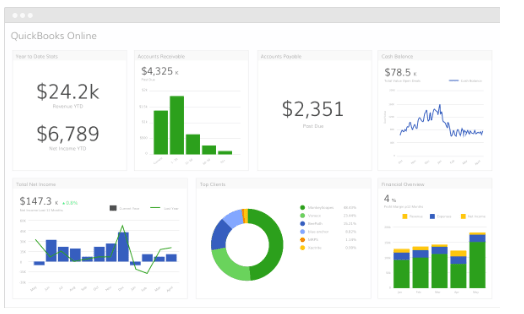Working Capital Ratio Formula Example Calculation Analysis
By Gustavo Brito in Bookkeeping on 20 de outubro de 2023

A more stringent liquidity ratio is the quick ratio, which measures the proportion of short-term liquidity as compared to current liabilities. The difference between this and the current ratio is in the numerator, where the asset side includes only cash, marketable securities, and receivables. The quick ratio excludes inventory, which can be more difficult to turn into cash on a short-term basis.
- However, the decision to carry inventory can have a large impact on the bottom line.
- The working capital ratio gives you insight on your company’s ability to pay its operating expenses.
- Negative working capital, on the other hand, means that the business doesn’t have enough liquid assets to meet it current or short-term obligations.
- Your working capital ratio is a measure of liquidity, or your ability to meet payment obligations in the future.
- It might indicate that the business has too much inventory or is not investing its excess cash.
The working capital ratio is a measure of liquidity, revealing whether a business can pay its obligations. The ratio is the relative proportion of an entity’s current assets to its current liabilities, and shows the ability of a business to pay for its current liabilities with its current assets. A working capital ratio of less than 1.0 is a strong indicator that there will be liquidity problems in the future, while a ratio in the vicinity of 2.0 is considered to represent good short-term liquidity. The ratio is used by lenders and creditors when deciding whether to extend credit to a borrower.
How to increase your working capital when your business is growing
A high turnover ratio shows that management is being very efficient in using a company’s short-term assets and liabilities for supporting sales. In other words, it is generating a higher dollar amount of sales for every dollar of working capital used. Working Capital refers to a specific subset of balance sheet items and is calculated by subtracting current liabilities from current assets. The working capital ratio formula ratio is calculated by dividing current assets by current liabilities. Positive working capital is always a good thing because it means that the business is about to meet its short-term obligations and bills with its liquid assets. It also means that the business should be able to finance some degree of growth without having to acquire and outside loan or raise funds with a new stock issuance.
- Generally speaking, however, shouldering long-term negative working capital — always having more current liabilities than current assets — your business may simply not be lucrative.
- If a company cannot meet its financial obligations, then it is in danger of bankruptcy, no matter how rosy its prospects for future growth may be.
- A company’s working capital can also determine if the company has enough cash to sustain its operations and the amount of working capital can also determine a company’s long and short-term financial health.
- To gauge just how efficient a company is at using its working capital, analysts also compare working capital ratios to those of other companies in the same industry and look at how the ratio has been changing over time.
- It is expressed as a ratio, and a ratio of 1.0 or higher is generally considered healthy.
Moreover, it will need larger warehouses, will have to pay for unnecessary storage, and will have no space to house other inventory. J.B. Maverick is an active trader, commodity futures broker, and stock market analyst 17+ years of experience, in addition to 10+ years of experience as a finance writer and book editor. https://www.bookstime.com/bookkeeping-services/san-diego My Accounting Course is a world-class educational resource developed by experts to simplify accounting, finance, & investment analysis topics, so students and professionals can learn and propel their careers. Shaun Conrad is a Certified Public Accountant and CPA exam expert with a passion for teaching.
How Does a Company Calculate Working Capital?
The more working capital a company has, the less likely it is to take on debt to fund the growth of its business. While it can’t lose its value to depreciation over time, working capital may be devalued when some assets have to be marked to market. That happens when an asset’s price is below its original cost, and others are not salvageable. Below is a break down of subject weightings in the FMVA® financial analyst program.

Permanent working capital is the capital required to make liability payments before the company is able to convert assets or client invoice payments into cash. It is the minimum capital required to enable the company to function smoothly. The shorter the cycle, the better access you will have to those liquidities. A working capital loan, also known as a cash flow loan , can be used to increase your working capital when you are looking to finance growth projects, or to help your business tide over cash shortfalls. Understanding how much working capital you have on hand to pay bills as they come due is critical to the success of an organization. Focusing only on profit does not necessarily result in a healthy balance sheet.
List of working capital formulas
This is why you might want to consider not using working capital to purchase significant long-term investments. This could put your current obligations at risk for strategies that may not pay off for a while. Current assets typically include cash, marketable securities, accounts receivable, inventory, and prepaid expenses.
Working capital is more of a company’s balance sheet of the financial statement. Working capital and cash flow work together to provide a fuller picture of your company’s operating finances — showing micro and macro-level financial analysis. Cash, AR, and inventory are typically found in your company’s current assets column. Generally speaking, however, shouldering long-term negative working capital — always having more current liabilities than current assets — your business may simply not be lucrative.










